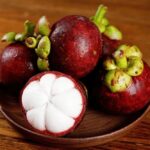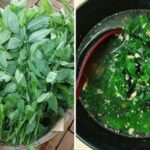When it comes to choosing between green and white cabbage, it’s not just a matter of preference but also a matter of knowing the differences between the two. Here’s what a cabbage grower has to share about these two varieties.
1. Different Maturity Times
Though they are both cabbage, the green and white varieties have different maturity times. White cabbage is usually sold earlier in the season, while green cabbage takes a little longer to mature and is sold later.
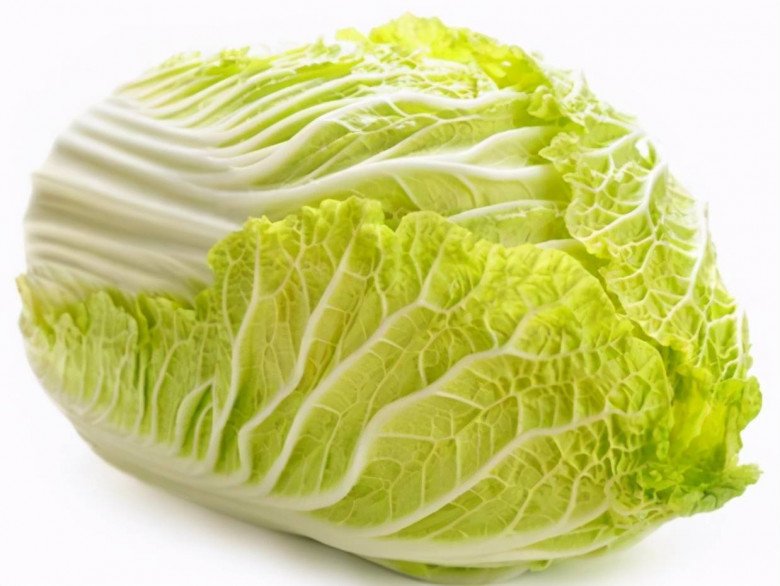
2. Different Fiber Content
Green cabbage tends to have a higher fiber content, while white cabbage has less fiber. This leads to distinct differences in the texture and taste of the two cabbages when cooked.
White cabbage, due to its lower fiber content, tends to become softer and sweeter after cooking. Green cabbage, on the other hand, has a higher fiber content, which makes it slightly tougher but promotes better digestion and absorption in the human body.
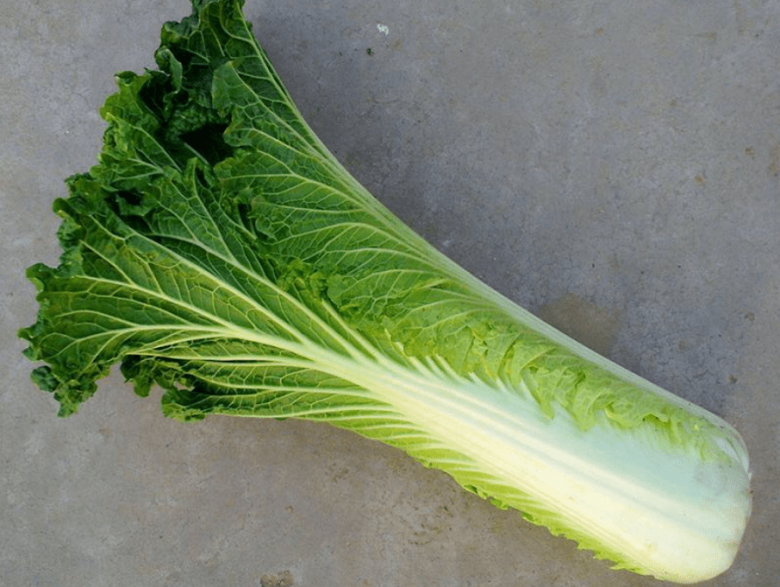
3. Varying Shelf Lives
The significant difference in fiber content between green and white cabbage also results in varying water content, which affects their shelf lives. White cabbage, with its higher water content, is more prone to rotting and spoilage, and its shelf life is typically limited to 10 days to two weeks. Therefore, it is best to consume white cabbage as soon as possible after purchase.
In contrast, green cabbage, with its lower water content, has a much longer shelf life. When stored correctly, it can last up to 4-5 months. So, if you’re looking for a cabbage that will keep for a more extended period, green cabbage is the way to go.
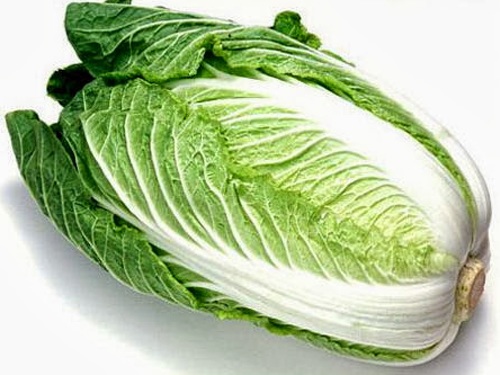
4. Distinct Flavors
Despite belonging to the same family, green and white cabbage offer distinct flavors. The difference in their water content contributes to their unique tastes. White cabbage, with its higher water content and lower fiber content, tends to be softer and sweeter. It is versatile and can be prepared in various ways, such as stir-frying, pickling, or making vinegar-based salads. In summary, it is more palatable to most people.
Green cabbage, with its mix of green and white leaves, has lower water content and a higher proportion of coarse fibers, giving it a chewier texture. It is commonly used in soups, stews, and bone broths.
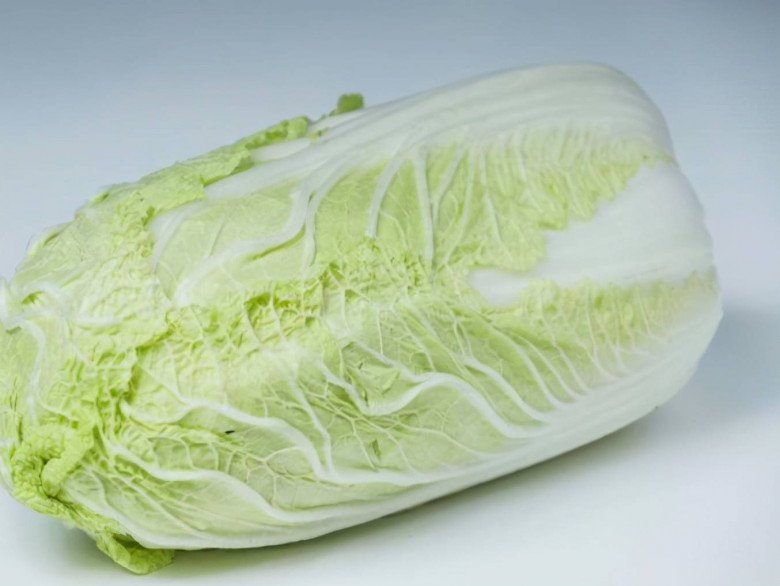
Given the differences in shelf life and flavor, it is essential to choose the right type of cabbage for your intended use. Selecting the wrong variety or using it inappropriately can result in a less-than-satisfactory culinary experience, which would be a waste of money and ingredients.

























